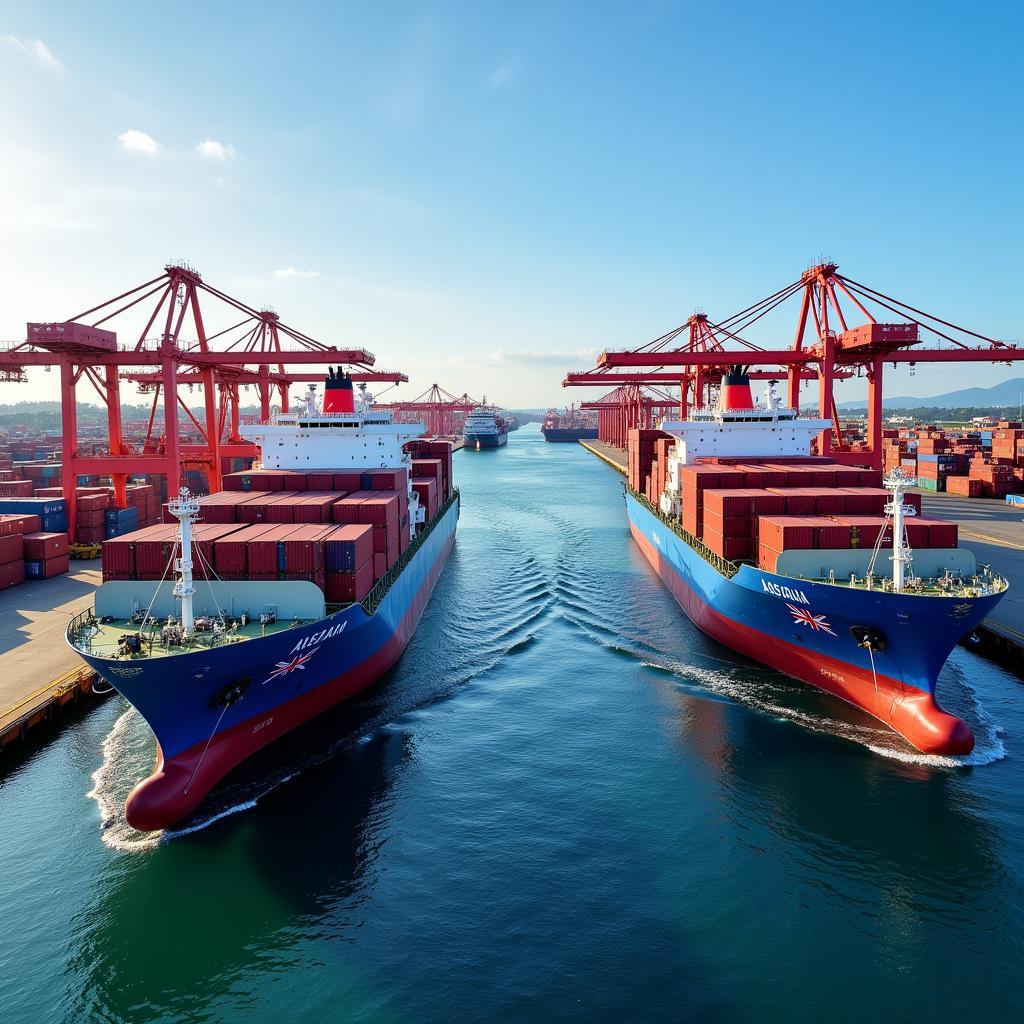The Association of Southeast Asian Nations (ASEAN) is a regional organization that has made significant strides in fostering peace, stability, and prosperity in Southeast Asia. One of the key pillars of ASEAN’s success is the Asean Assembly, a platform for regional cooperation and integration. In this article, we will delve deeper into the ASEAN Assembly, its role, functions, and significance in shaping the future of Southeast Asia.
What is the ASEAN Assembly?
The ASEAN Assembly is the highest policy-making body of ASEAN. It is composed of the heads of government of all ten ASEAN member states. The Assembly meets annually to discuss and agree on key regional issues, set strategic direction, and adopt decisions that guide ASEAN’s policies and programs.
Functions of the ASEAN Assembly
The ASEAN Assembly performs several crucial functions:
- Setting Strategic Direction: The Assembly sets the overall strategic direction for ASEAN, aligning its policies with the region’s evolving needs and challenges.
- Policy Making: It deliberates on and adopts key regional policies that affect various sectors, including security, economics, and social development.
- Decision Making: The Assembly makes decisions on critical issues that impact ASEAN as a whole, such as regional integration initiatives, dispute resolution mechanisms, and external relations.
- Monitoring Implementation: It monitors the implementation of ASEAN decisions and policies, ensuring accountability and effectiveness.
- Promoting Regional Cooperation: The Assembly facilitates cooperation among member states, fostering a spirit of partnership and collective action.
Significance of the ASEAN Assembly
The ASEAN Assembly plays a pivotal role in shaping the future of Southeast Asia by:
- Strengthening Regional Integration: The Assembly promotes regional integration through policies and initiatives that aim to harmonize economic policies, facilitate trade, and enhance connectivity.
- Enhancing Regional Security: It contributes to regional security by addressing common threats and fostering dialogue and cooperation on issues such as terrorism, transnational crime, and maritime disputes.
- Promoting Social Development: The Assembly promotes social development through initiatives that focus on education, healthcare, poverty reduction, and sustainable development.
- Building a Common Identity: By fostering a shared sense of identity and belonging among member states, the Assembly strengthens regional unity and solidarity.
The Future of the ASEAN Assembly
As the ASEAN region continues to evolve and face new challenges, the ASEAN Assembly is poised to play an even more prominent role in shaping the future of Southeast Asia. Here are some key areas where the Assembly is likely to focus:
- Addressing Emerging Challenges: The Assembly will need to address emerging challenges such as climate change, cyber security, and the rise of new technologies.
- Deepening Regional Integration: The Assembly will continue to deepen regional integration, fostering greater economic interdependence and collaboration.
- Strengthening External Relations: The Assembly will continue to strengthen ASEAN’s engagement with external partners, building strategic partnerships and promoting regional interests on the global stage.
“The ASEAN Assembly is a testament to the spirit of cooperation and integration that defines Southeast Asia. It is a powerful platform for addressing shared challenges and pursuing common goals, ensuring that the region remains a vibrant and prosperous hub in the global landscape,” says Dr. [insert expert name], a renowned expert on regional affairs.
FAQ
- What are the key decisions made by the ASEAN Assembly?
The Assembly has made several key decisions, including the establishment of the ASEAN Economic Community (AEC), the adoption of the ASEAN Charter, and the formulation of regional security frameworks. - How often does the ASEAN Assembly meet?
The Assembly meets annually, typically in the second half of the year. - What is the role of the ASEAN Secretariat in the Assembly?
The ASEAN Secretariat provides logistical and administrative support to the Assembly, including preparing agendas, drafting reports, and facilitating communication among member states. - What is the difference between the ASEAN Assembly and the ASEAN Summit?
The ASEAN Summit is a more high-level gathering that includes leaders of ASEAN member states as well as leaders of dialogue partners and other international organizations. The Assembly is the highest policy-making body of ASEAN, while the Summit is primarily focused on promoting dialogue and building consensus on regional issues.
Conclusion
The ASEAN Assembly is a vital institution that plays a key role in shaping the future of Southeast Asia. It is a platform for regional cooperation, integration, and decision making, driving the region towards greater peace, stability, and prosperity. As ASEAN faces new challenges and opportunities, the Assembly’s role will continue to evolve, ensuring that the region remains a key player on the global stage.


